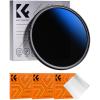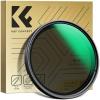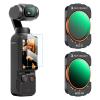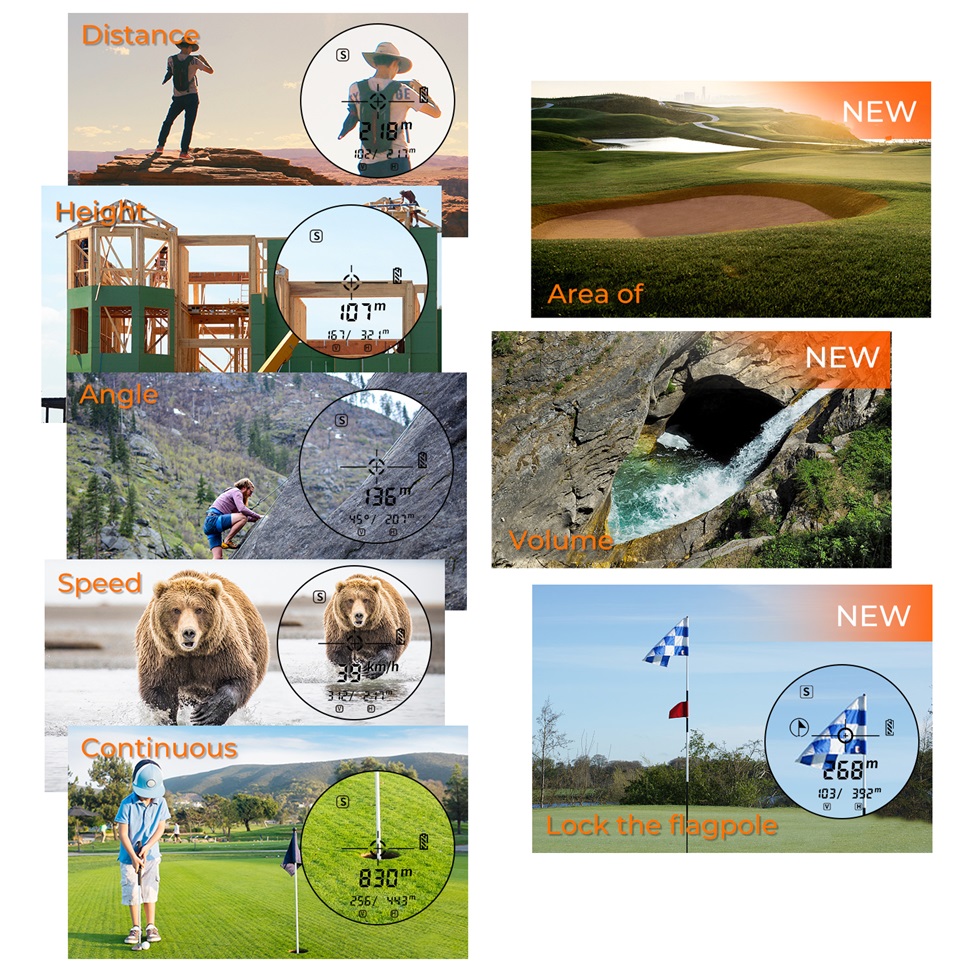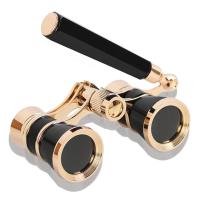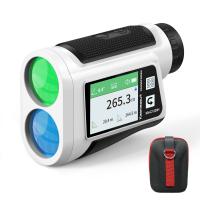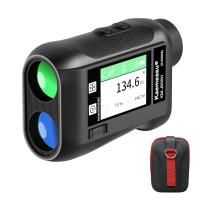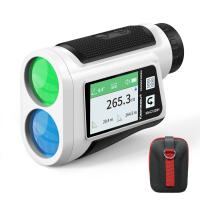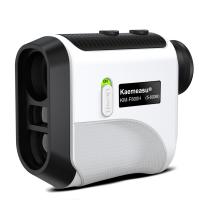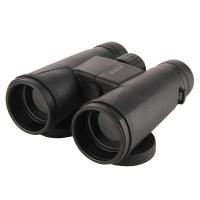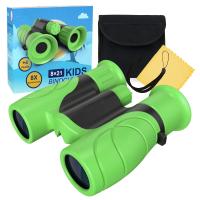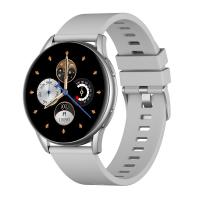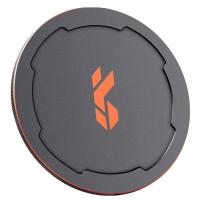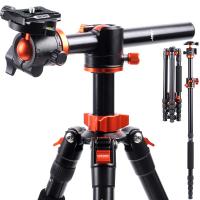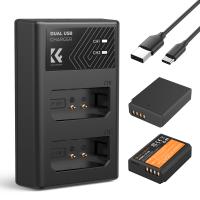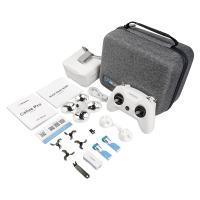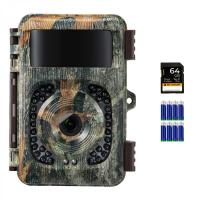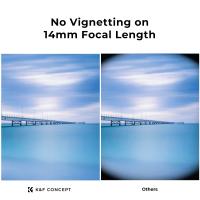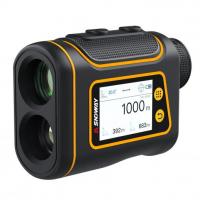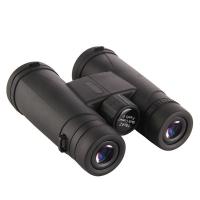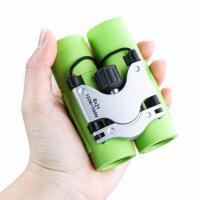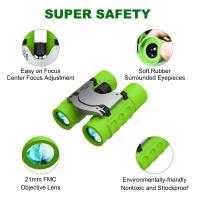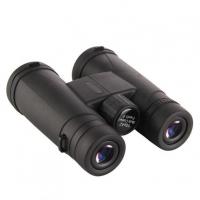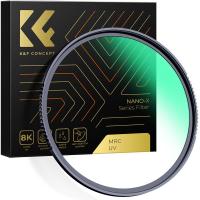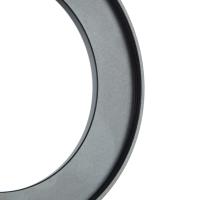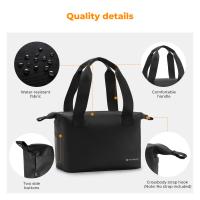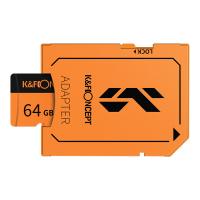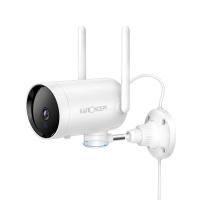Are rangefinder binoculars worth it?
Are you confused about whether you need rangefinder binoculars or wondering what exactly binoculars can do for you? Let’s learn more about their usage and tell whether you need it.
How do rangefinder binoculars work?
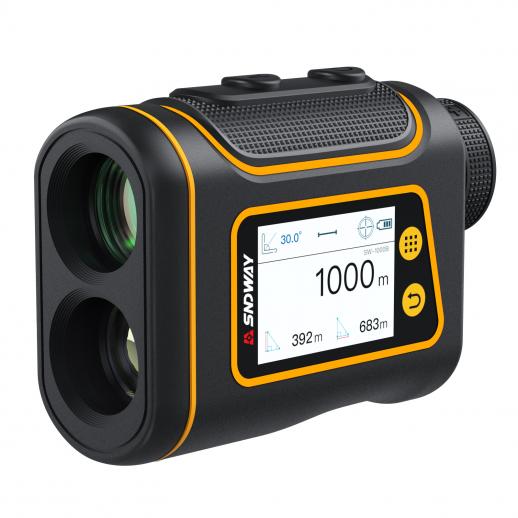
Rangefinder binoculars are sophisticated optical devices that combine the functionality of traditional binoculars with a built-in rangefinder. These instruments are designed to offer magnified views of distant objects and accurately measure their distance.
Operating principle:
Laser rangefinder binoculars utilize a laser to measure the distance to a target. They operate by shooting a very thin beam of laser light at a target and the photoelectric element receives the reflected laser beam from the target. A timer measures the time from emission to reception of the laser beam and calculates the distance from the observer to the target.
Parameter Tips:
Accuracy:
- In the field of outdoor sports, ballistic calculations, and other areas that do not require a high degree of accuracy are generally used in the +/- 1 meter or so of the ordinary type of laser rangefinder.
- In construction, land surveying, power monitoring, engineering surveying, and other high-demand areas, some high-end and high-precision laser rangefinders can reach +/- 0.3 meters.
Range:
Common laser rangefinder binoculars on the market are 600 meters, 800 meters, 1000 meters, 1200 meters, 1500 meters, 1800 meters, 2000 meters, 5000 meters, etc., and it is worth noting that the nominal range is measured in the national standard under the climatic conditions, in the haze, rain and other conditions, the range will be shortened, so when purchasing it is recommended to leave a certain margin.
What can rangefinder binoculars do for you?
- Hunting: Hunters use them to measure animals’ distance or moving speed, aiding in more accurate shot placement.
- Golfing: Golfers use them to gauge distances to the green or hazards, improving club selection and shot accuracy. Some rangefinder binoculars served for golfers could lock the flagpole too.
- Outdoor Activities: Useful for activities like hiking, bird-watching, and boating, where distance estimation can enhance safety and enjoyment.
- Military and Tactical Applications: Employed for reconnaissance and target acquisition due to their ability to provide precise distance measurements.
Rangefinder binoculars VS Traditional binoculars:
The two binoculars offer similar basic functions in providing magnified views of distant objects, but they differ significantly in their capabilities and uses. Here’s a comparison:
Rangefinder binoculars:
Key function:
They will measure the distance to an object within the field of view and provide an instant digital readout of the distance, usually displayed within the viewfinder. Some multifunctional ones such as the KM-J1500H from K&F Concept even provide 15 functions including distance measurement, two-point height measurement, horizontal distance, nearest distance, vertical height, speed measurement, volume measurement, and many more useful measurements.
Advanced functionalities:
Some of them include angle compensation for more accurate distance measurements on inclined terrain, which is such a helper for golf devotees.
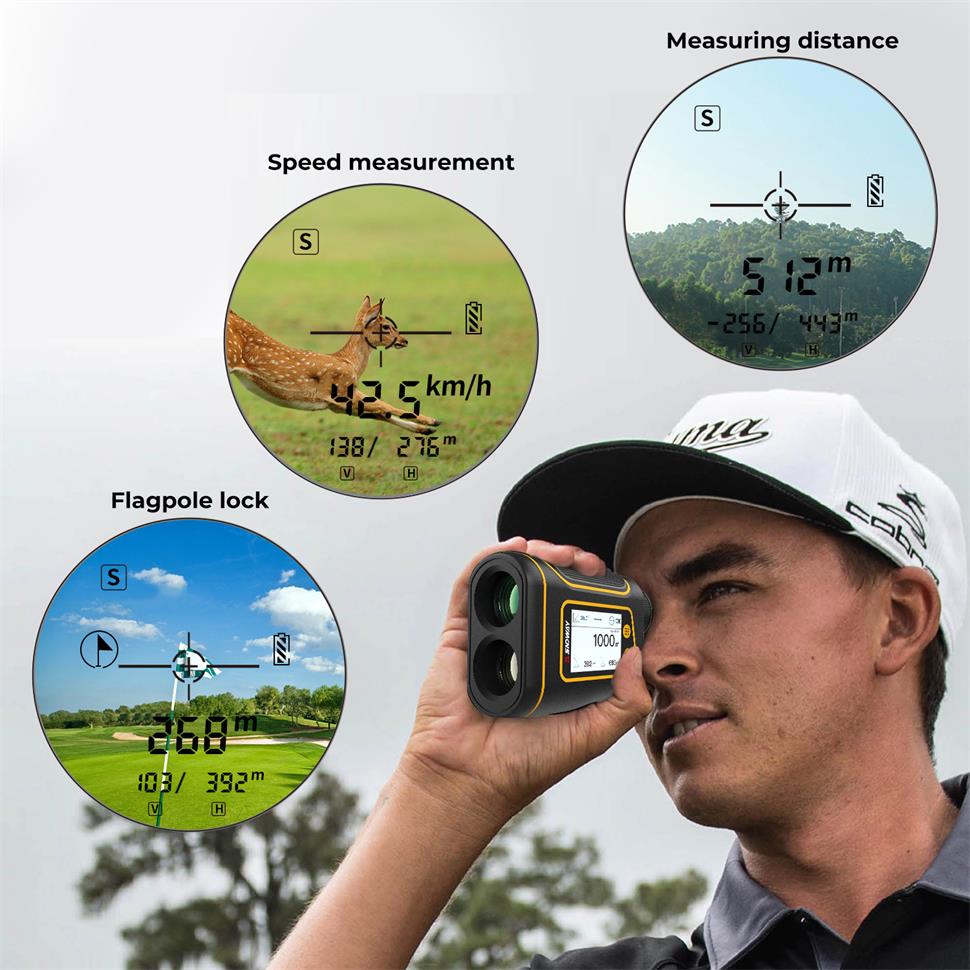
That means they combine the functions of binoculars and a rangefinder into one device, reducing the need for carrying multiple gadgets.
Traditional binoculars:
Key function:
Traditional binoculars only provide magnification of distant objects, enhancing clarity and detail, and most of them focus on optical performance without additional technological features.
Rangefinder binoculars’ advantages:
- Convenience: allows simultaneous viewing and distance measuring, streamlining the process for activities like hunting and golfing.
- Accuracy: provides more accurate distance measurements, which are crucial for making informed decisions in various outdoor activities.
- Versatility: can be used in a variety of applications, including hunting, golfing, surveying, and tactical operations.
How to maintain your rangefinder binoculars?
- The residual dirt or stains on the lens, are to be gently wiped with a professional polishing cloth, so as not to scratch the mirror. If you need to clean the lens, use degreasing cotton accounted for a little alcohol, from the center of the mirror in one direction to the edge of the mirror to wipe, and keep replacing the ball of degreasing cotton until the wipe is clean.
- If you do not use the laser rangefinder for a long time, you need to take out the battery to prevent battery leakage and internal corrosion;
- If the environment usually used is harsh and dusty, such as dirty construction sites, it is recommended to clean up the dust and wipe it clean after use;
- Ensure that the binoculars are stored in a ventilated, dry, clean place to prevent mold and mildew, if possible, they can be placed in the telescope around the desiccant, and often replaced;
- Avoid wear and tear on the bottom of the rangefinder, because the distance of the rangefinder will be added to the length of the body itself, and wear and tear will cause distance error;
- It is generally not recommended to disassemble the instrument yourself to clean up the interior, internal structural damage will cause irreversible damage;

